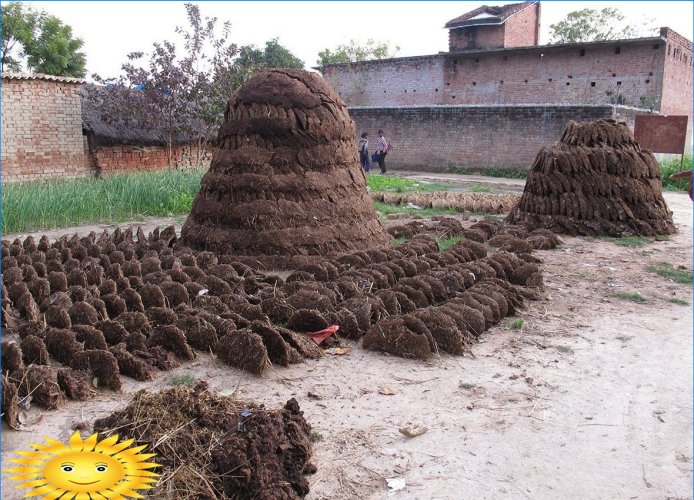
Nowadays, manure is most often used in organic farming, as a natural and useful fertilizer. But these are not all areas of the use of this natural raw material. We talked about adobe houses, where manure can also act as a filler for building briquettes. In addition, organic material is used in the production of biogas, which is also an alternative fuel..
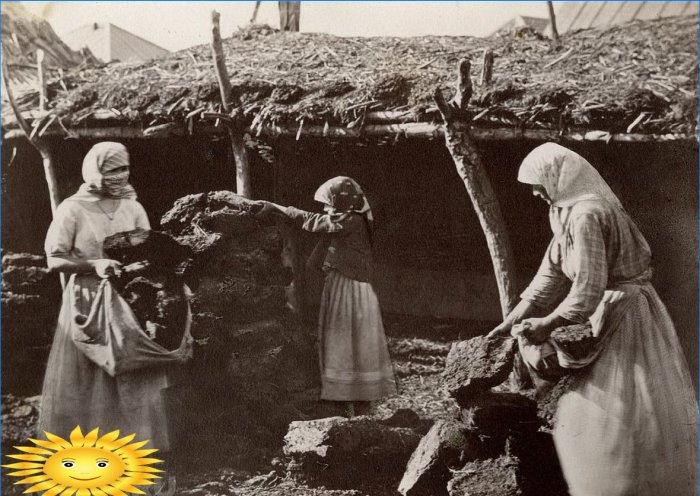 Harvesting dung. Tsimlyanskaya stanitsa, 1875-1876.
Harvesting dung. Tsimlyanskaya stanitsa, 1875-1876.
But we will not talk about biogas, but specifically about fuel briquettes from manure, dung, actively used by our ancestors to heat houses with stove heating.
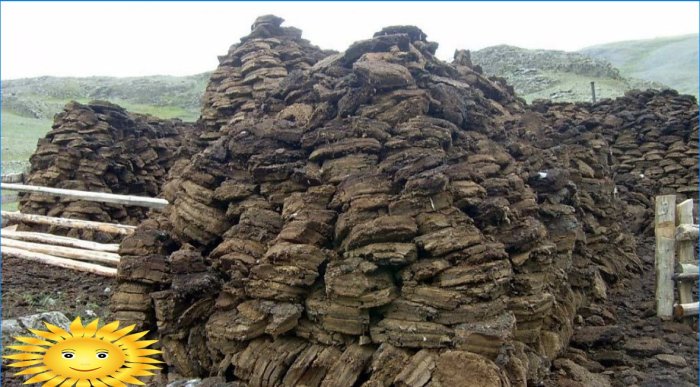
Dung is not just manure, animal waste. This is manure mixed with straw, sawdust, hay, pressed into small briquettes, bricks or cakes, and dried. In this form, manure becomes a good fuel for heating, for example, a greenhouse, a bathhouse or a country house, completely replacing firewood and even coal.
For comparison, here are the indicators of the approximate energy content in various types of biofuel:
| Fuel | MJ / kg | kWh / kg |
| Dry manure | sixteen | 4.4 |
| Fresh wood with 60% moisture | 6 | 1.7 |
| Outdoor dried wood with 20% moisture content, ordinary firewood | 15 | 4.2 |
| Baled straw | 15 | 4.2 |
| Coal | 28 | 7.8 |
As you can see, the specific heat of combustion of dry manure is even slightly higher than that of firewood that was dried outside. In addition, dungs burn with a smoldering flame, users note that in their combustion properties they are similar to brown coal.
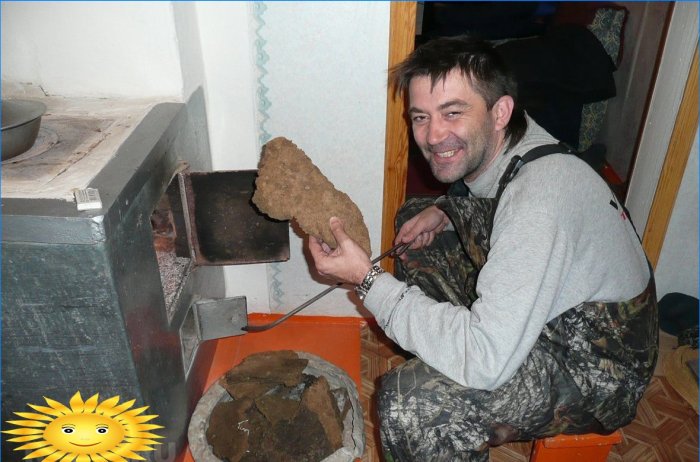
The main advantage of manure as an alternative fuel is economy. If you have your own farm – cows, goats, sheep, rabbits, other animals, then the fuel is absolutely free. You can ask neighbors who are engaged in farming and do not actively use manure themselves. A whole car of manure can be ordered and bought, it will cost about 11 thousand rubles.
Another plus – ash from dung will be an excellent fertilizer, it is an environmentally friendly and waste-free fuel.
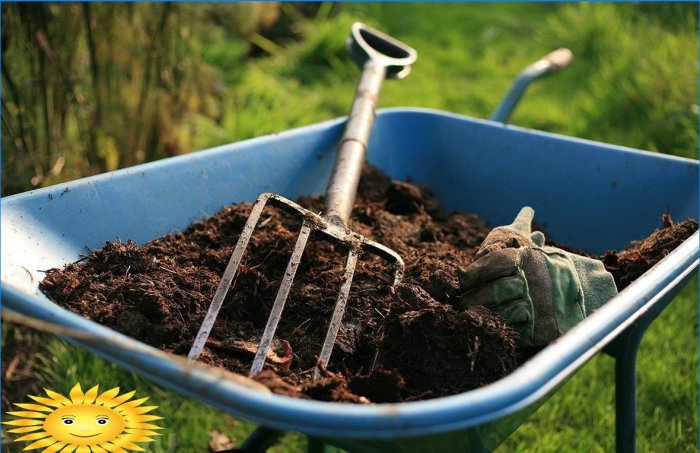
The main disadvantage of dung is that it takes a long time to make such fuel with your own hands, you will have to make a lot of effort. In addition, the very thought of having to fiddle with such organic raw materials, animal feces, frightens off many. Note that, according to numerous reviews, there are no unpleasant odors during the burning of dung. Bread was baked in Russian stoves on such fuel..
In the process of making manure briquettes, of course, there is little pleasant, we agree. But in general, everyone who is engaged in animal husbandry is faced with the disposal of organic waste, so why not do it for the benefit of the farm.

The easiest way to make dung is from sheep manure. For this purpose, all winter months, animals are kept on a warm bed of straw, sawdust or hay. At the same time, manure is not removed. For three to four months, the animals themselves compact the manure together with the bedding into a hard plate. It remains only to cut it into bricks in the spring and dry it in the sun.
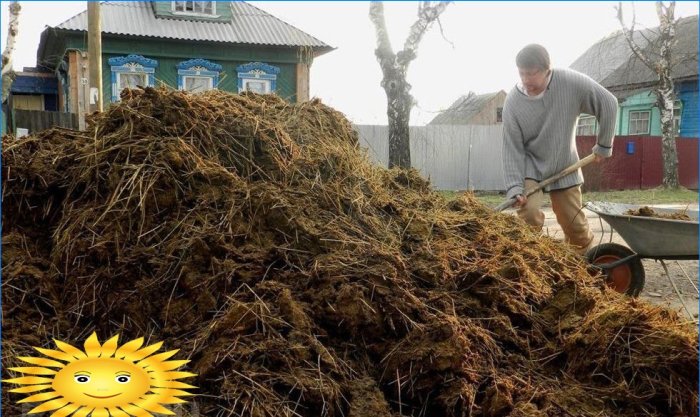
Most often, during the winter, manure is collected in a heap somewhere in the corner of the site, along with litter. Then it is mixed with straw or sawdust, diluted with water to a doughy state and mixed well. It is difficult to do this manually, although you can put on high rubber boots and knead with your feet. Such manure, mixed with filler, can be formed for subsequent drying in different ways:
- Using a simple wooden machine with a metal plate, knocked down with your own hands, make bricks.
- Use a manual or mechanical press.
- Throw dung mixture on the wall of the barn to dry out.
- Spread out on some flat area in an even layer, tamp, and cut into pieces after it dries.
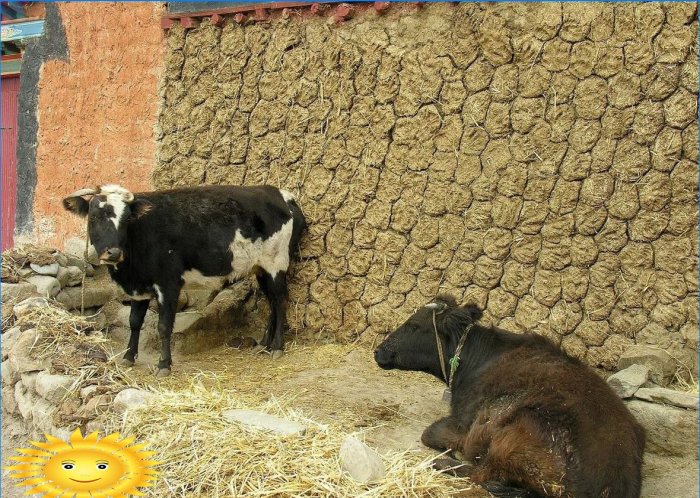
Of course, manure that has been pre-compressed and cut into briquettes dries faster, while the bricks should be turned over. Store manure briquettes in a dry barn in winter, like ordinary firewood.
We state: manure briquettes can become an excellent alternative fuel, allowing you to simultaneously dispose of animal waste and save on wood and coal.

Can someone provide more information on the manufacturing process of fuel briquettes from manure? What are the advantages and disadvantages of using these briquettes as an alternative source of fuel?